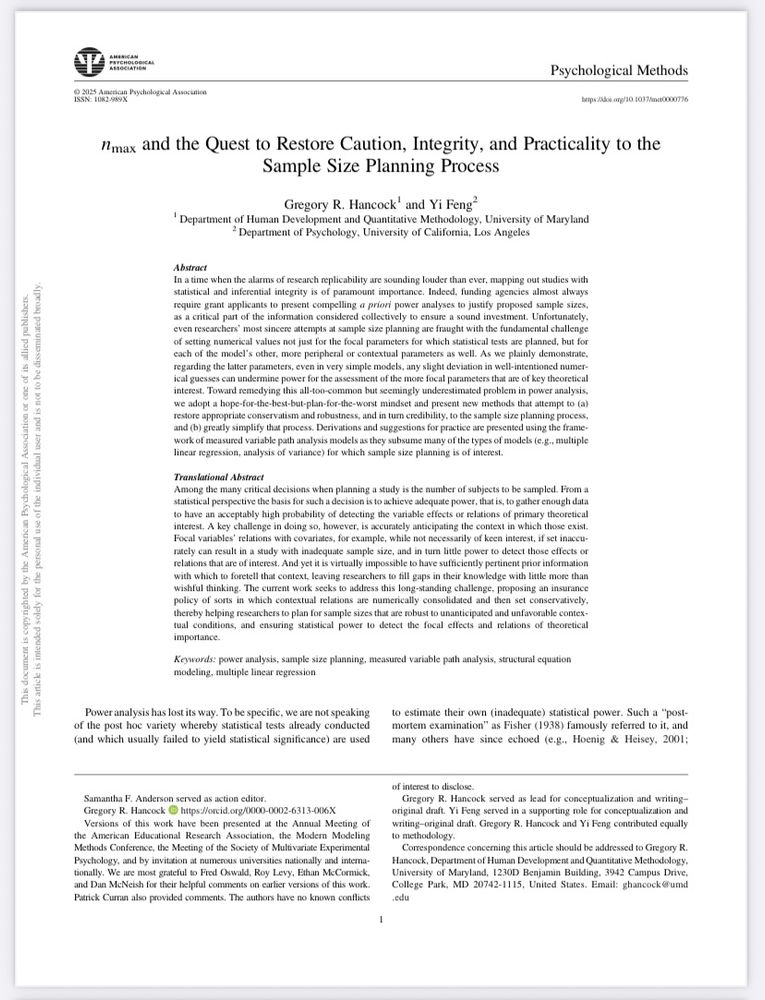Nate Phillips
@nphillips36.bsky.social
1.3K followers
760 following
110 posts
UGA Clinical Psych PhD student. Interested in personality, externalizing behaviors, open science, and methods.
Posts
Media
Videos
Starter Packs
Reposted by Nate Phillips
Reposted by Nate Phillips
Reposted by Nate Phillips
Reposted by Nate Phillips
Reposted by Nate Phillips
Reposted by Nate Phillips
Nate Phillips
@nphillips36.bsky.social
· Aug 22
Reposted by Nate Phillips
Nate Phillips
@nphillips36.bsky.social
· Aug 14
Reposted by Nate Phillips
Josh Miller
@jdmiller.bsky.social
· Aug 9
Reposted by Nate Phillips
Josh Miller
@jdmiller.bsky.social
· Aug 9

Interpersonal and personality disorders: Commentary on Wright et al. (2022) - PubMed
Wright et al. (2022) propose to replace personality disorders with a new classification of interpersonal disorders. We suggest that the trait model addresses well the limitations of the personality di...
pubmed.ncbi.nlm.nih.gov
Nate Phillips
@nphillips36.bsky.social
· Jul 26
Nate Phillips
@nphillips36.bsky.social
· Jul 26
Nate Phillips
@nphillips36.bsky.social
· Jul 25
Reposted by Nate Phillips
Nate Phillips
@nphillips36.bsky.social
· Jul 24
Reposted by Nate Phillips
Nate Phillips
@nphillips36.bsky.social
· Jun 30









